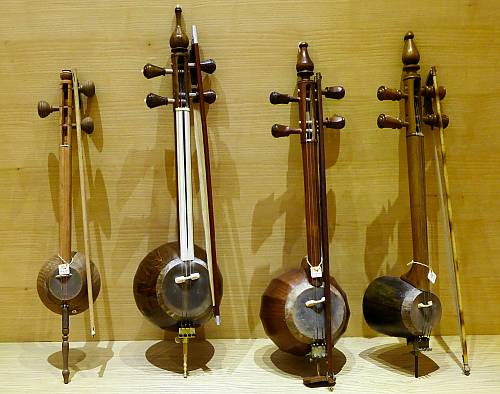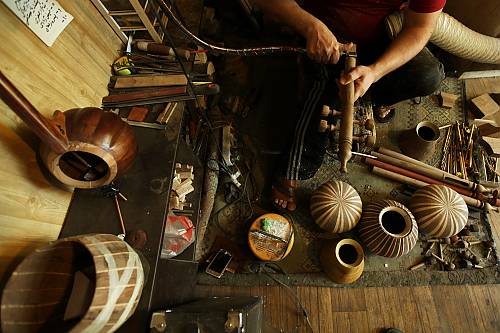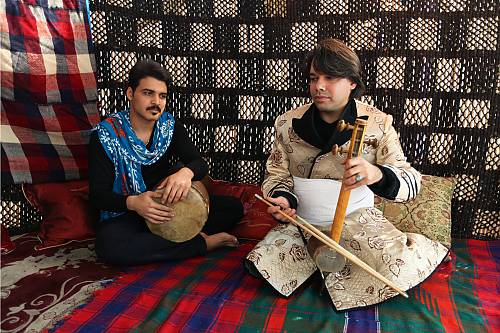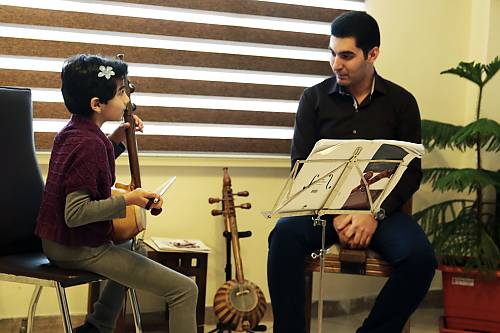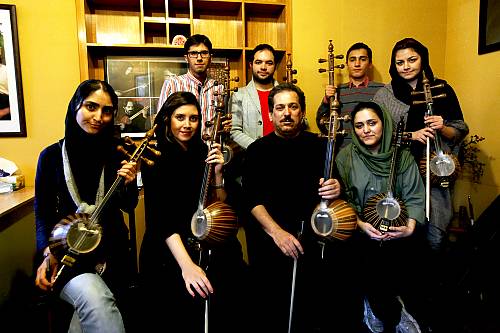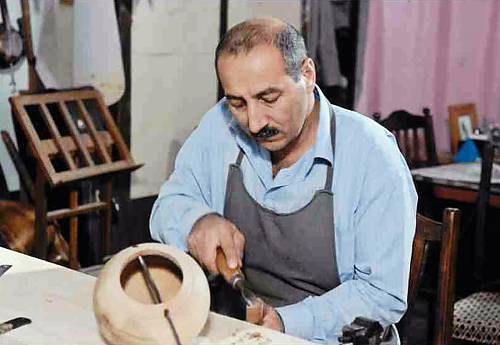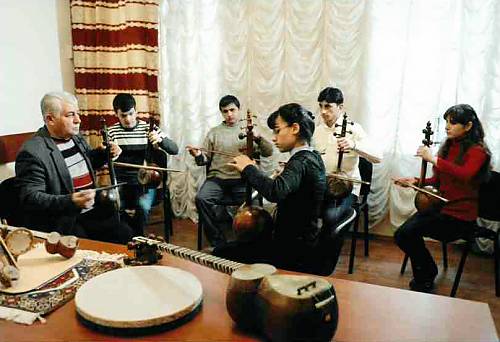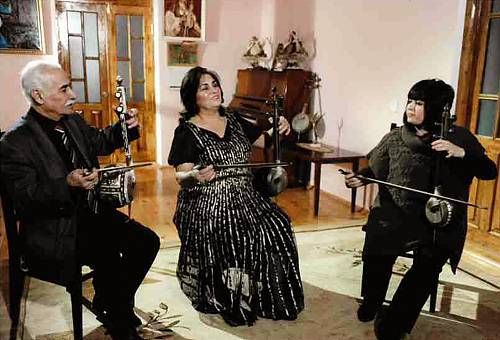Art of crafting and playing with Kamantcheh/Kamancha, a bowed string musical instrument
Azerbaijan and Iran (Islamic Republic of)
Inscribed in 2017 (12.COM) on the Representative List of the Intangible Cultural Heritage of Humanity
The art of crafting and playing with Kamantcheh/Kamancha (‘little bow’), a bowed string instrument, has existed for over 1,000 years. In the Islamic Republic of Iran and Azerbaijan, it constitutes a major element of classical and folkloric music, and performances occupy a central place in a wide number of social and cultural gatherings. Contemporary practitioners mainly use a four-stringed Kamantcheh/Kamancha comprising a body and bow made with horsehair and players perform either individually or as part of orchestras. Bearers and practitioners consist of craftspeople, amateur or professional players, and teachers and students of the element. Kamantcheh/Kamancha is an essential part of musical culture in both countries, and while crafting the instrument represents a direct source of earning a living, craftspeople also perceive the art as a strong part of the intangible cultural heritage of their communities. Through their music, performers convey many themes, from the mythological to the gnostic and the comic. Today, knowledge of performing and crafting Kamantcheh/Kamancha is transmitted both within families and in State-sponsored musical institutions and schools. Knowledge about the importance of the music in promoting cultural identity is transmitted from generation to generation in all strata of society in both countries.

